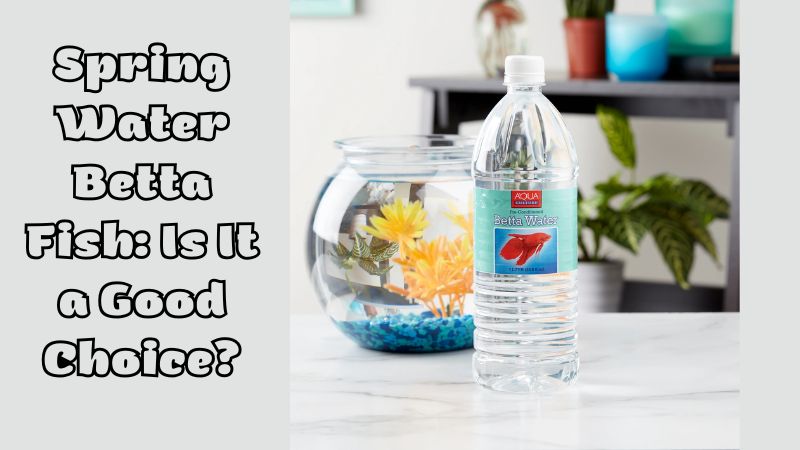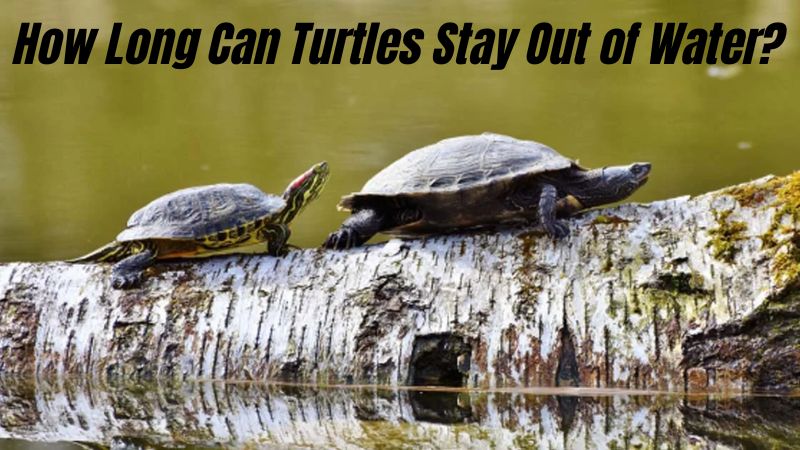Aquarium water hardness plays a crucial role in the overall health and well-being of the fish and plants living in your tank. Understanding how to reduce hardness in aquarium water is essential for maintaining the ideal environment, especially for fish species that thrive in softer water. Fish Lover Zone will explain what hardness in aquarium water is, why it matters, and provide practical methods to how to reduce hardness in aquarium water.
1. What is Water Hardness in Aquariums?
Water hardness refers to the mineral content in the water, specifically the concentration of dissolved calcium (Ca²⁺) and magnesium (Mg²⁺) ions. It is commonly measured in degrees of hardness (dH) or parts per million (ppm). There are two types of hardness in water:
General Hardness (GH): This measures the total concentration of calcium and magnesium ions in the water. GH influences the biological processes of fish, such as muscle and bone development, and the health of plants in the aquarium.
Carbonate Hardness (KH): Also known as alkalinity, KH measures the concentration of carbonate and bicarbonate ions. KH helps stabilize the pH levels in the aquarium, which is important for preventing sudden shifts in pH that can stress or harm fish.
In general, water with a high GH level is referred to as “hard water,” while water with low GH is called “soft water.” Different fish species prefer different levels of hardness, and some plants may also require softer water to grow properly.
2. Why Should You Reduce Hardness in Aquarium Water?
Many tropical fish, especially those native to soft-water environments, such as bettas, tetras, discus, and some types of catfish, may struggle to thrive in hard water. Excessive hardness can cause stress, affect their ability to breed, and impact their overall health. Additionally, certain types of aquatic plants may struggle to grow in water that is too hard.
Reducing water hardness is important for replicating the natural environment of these species and ensuring they can live comfortably in your aquarium.
3. Things to Consider Before How to Reduce Hardness in Aquariums
Before attempting to reduce water hardness, there are several factors to consider to ensure you do it safely and effectively:
Test the Water: Use a reliable water testing kit to measure both the GH and KH levels in your aquarium. This will help you determine whether hardness reduction is necessary and how much adjustment is required.
Understand the Needs of Your Fish and Plants: Research the specific GH and KH requirements of the species you have in your aquarium. Some fish, such as livebearers (guppies, mollies), thrive in harder water, while others prefer soft water.
Stability is Key: Reducing water hardness can cause changes in pH levels, which could stress your fish. Gradual adjustments are essential to avoid shocking your fish or plants.
Water Source: Consider the hardness of your tap water. Some areas have naturally hard tap water, which may require ongoing treatment if you’re looking to keep a soft-water aquarium.
4. How to Reduce Hardness in Aquarium Water
There are several methods how to reduce hardness in aquarium water ranging from natural solutions to more advanced filtration techniques. Here are some of the most effective ways to soften your aquarium water:
Use Reverse Osmosis (RO) Water
Reverse Osmosis (RO) is one of the most effective methods for reducing both GH and KH levels in your aquarium water. An RO unit forces water through a semi-permeable membrane, which removes most dissolved minerals and impurities, resulting in very soft, almost pure water.
How to Use It: You can use 100% RO water or mix it with your tap water to achieve the desired hardness level. Be sure to re-mineralize the water slightly, as pure RO water can lack essential minerals needed for fish health.
Pros: Produces very soft water; highly effective.
Cons: RO units can be expensive, and the process requires ongoing maintenance.
Use Peat Moss
Peat moss is a natural, affordable way to soften aquarium water. When added to your filter or directly into the tank, peat moss releases tannins and other compounds that bind to calcium and magnesium ions, lowering GH levels. Additionally, it can lower the pH level slightly, creating a more acidic environment that some fish prefer.
How to Use It: Place peat moss in a filter bag and add it to your filter or steep the peat in water before using it in the aquarium. Always test the water after using peat to monitor its effect on pH and hardness.
Pros: Natural and affordable; easy to use.
Cons: May slightly discolor the water (yellowish tint); can lower pH.
Use Driftwood
Similar to peat moss, driftwood releases tannins that can help soften the water over time by binding to hardness-causing minerals. The gradual release of tannins makes it a great long-term solution for reducing water hardness and maintaining a stable environment.
How to Use It: Add natural driftwood to your aquarium. Be aware that the tannins released by the wood may slightly discolor the water, although this effect is harmless to fish.
Pros: Natural and visually appealing; gradual hardness reduction.
Cons: May discolor the water; works slowly over time.
Use Indian Almond Leaves
Indian almond leaves are another natural method for how to reduce hardness in aquarium water and slightly lowering the pH of the water. These leaves release tannins into the water, which can help soften it while also creating a more natural, tannin-rich environment that some fish species, like bettas and tetras, prefer.
How to Use It: Simply place Indian almond leaves in the tank, where they will slowly decompose, releasing tannins and softening the water.
Pros: Natural and beneficial for many fish species; can improve water quality.
Cons: Works slowly over time; may tint the water brown.
Rainwater Collection
Rainwater is naturally soft and free from the minerals that cause water hardness, making it an excellent choice for aquarists looking to reduce hardness in their tanks.
How to Use It: Collect rainwater in a clean container and mix it with your aquarium water. Be sure to test the rainwater for any contaminants or pollutants before adding it to the tank. Rainwater is best used in combination with tap water to maintain some mineral content.
Pros: Free and effective; softens water naturally.
Cons: Must ensure rainwater is clean and free of pollutants; requires rainwater collection setup.
Water Softeners (Water Conditioners)
Commercial water softeners or water conditioners are products that are designed to remove calcium and magnesium from the water. These solutions can be effective for reducing water hardness quickly, but some water softeners exchange hardness minerals for sodium, which may not be ideal for all aquarium species.
How to Use It: Follow the instructions on the product label, adding the correct dosage based on your aquarium’s water volume.
Pros: Convenient and effective; fast-acting.
Cons: Some water softeners add sodium to the water, which may not be ideal for certain species.
Conclusion
How to reduce hardness in aquarium water is essential for creating a suitable environment for soft-water species and ensuring their health and comfort. From natural methods like adding peat moss and driftwood to more advanced solutions like using reverse osmosis, there are several effective techniques for lowering hardness levels.
The key is to make changes gradually and monitor the water’s parameters closely to ensure a stable, healthy environment for your fish and plants. By carefully managing the water’s hardness, you can create a thriving, beautiful aquarium that replicates the natural conditions your aquatic life prefers.





